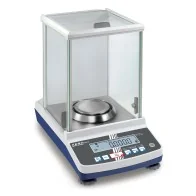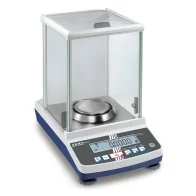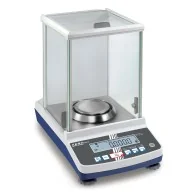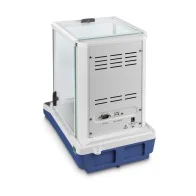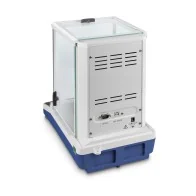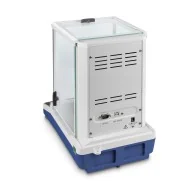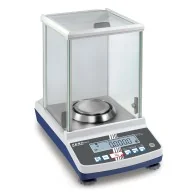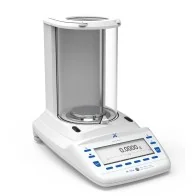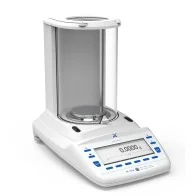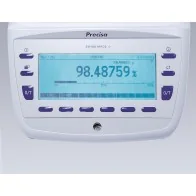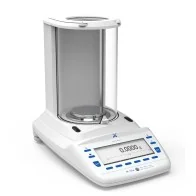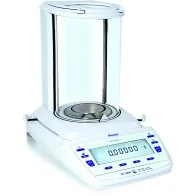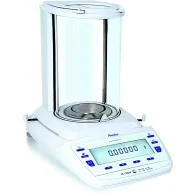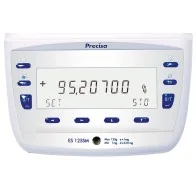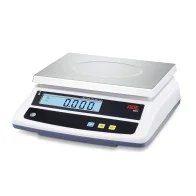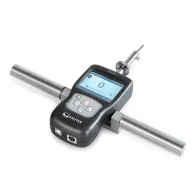Prices drop
Active filters
- Availability: In stock
- Availability: Not available
- Readout [d]: 0.001g
- Readout [d]: 0.001g
- Readout [d]: 0.1 mg
- Readout [d]: 0.1 mg
- Readout [d]: 0.1 mg
- Readout [d]: 0.1 mg
- Readout [d]: 0.1 mg
- Readout [d]: 0.1 mg
- Readout [d]: 0.1 mg
- Readout [d]: 0.1 mg
- Readout [d]: 0.1 mg
- Readout [d]: 0.1 mg
- Readout [d]: 0.1 mg
- Readout [d]: 0.1 mg
- Readout [d]: 0.1 mg
- Readout [d]: 0.1 mg
- Readout [d]: 0.1/0.2/0.5/1 g
- Readout [d]: 0.1g
- Readout [d]: 0.1g
- Readout [d]: 0.1g
- Readout [d]: 0.1g
- Readout [d]: 0.1g
- Readout [d]: 1N
- Readout [d]: 2g
- Readout [d]: 2g
Professional compact scale approved version to class III
Thanks to the stainless steel platform and dirt-repellent membrane keypad, it is perfectly suited for frequent use in industry. The scale has a well-lit display with large digits and a protective cover for the keypad and housing.
![]()
![]()
![]()
![]()
![]()
![]()
![]()
![]()
![]()
![]()
Counting system to count the smallest parts in large quantities, maximum number of parts which can be displayed is 999,999
TECHNICAL DATA
| Quantity scale - Weighing capacity [Max] | 15 kg |
| Reference scale - Readability [d] | 1 mg |
| Units | g |
| Dimensions weighing platform (W×D×H) | 300×240×105 mm |
| Dimensions weighing surface (W×D) | 300×240 mm |
| Reproducibility | 0,000002 kg |
| Reference scale - Linearity | 4 mg |
| Quantity scale - Linearity | 0,0015 kg |
| Ambient temperature | 0 °C – 40 °C |
| Smallest piece weight when piece counting - normal conditions | 50 mg |
| Display type | LCD |
| Display digit height | 20 mm |
| Material weighing plate | stainless steel |
| Display device cable length | 3 m |
| Material housing | plastic |
| Net weight approx. | 7 kg |
| IP protection - display | IP23 |
| IP protection - platform | IP65 |
| IP protection - load cell | IP65 |
All-round parcel scale with practical Flip/Flop display device for greatest ease of use
Checking the consistency of sprayed concrete is essential to ensure the maximum strength of the concrete during the curing process
The FC 1K-BT determines exactly the forces required for the needle to penetrate the concrete. This allows reliable conclusions to be made regarding the compressive strength of the concrete during the dry phase
![]() .
.![]() .
.![]() .
.![]() .
.![]() .
.![]() .
.![]() .
.![]() .
.![]() .
.![]() .
.![]() .
.![]()









